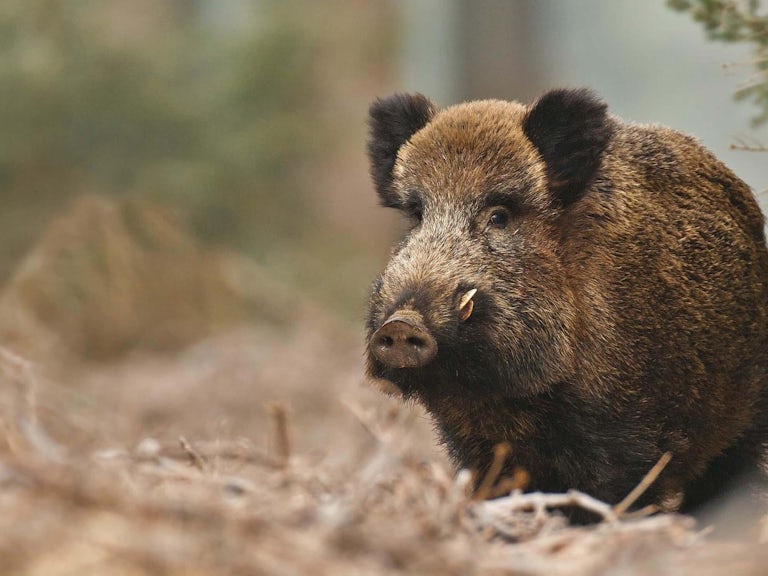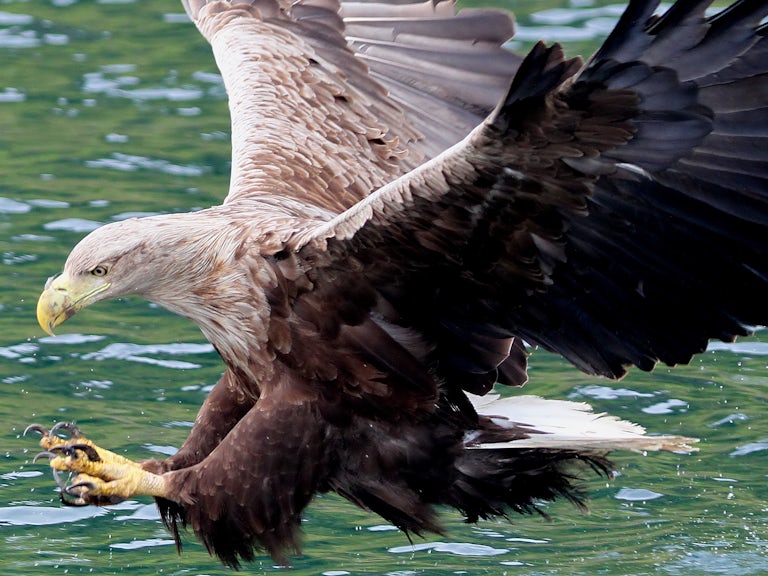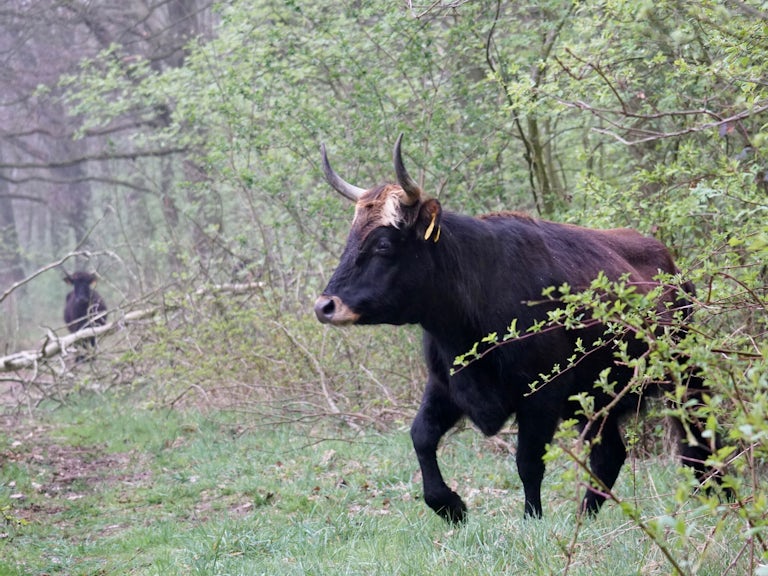Rooting for the truth: on wild boar with Groundbreakers author Chantal Lyons
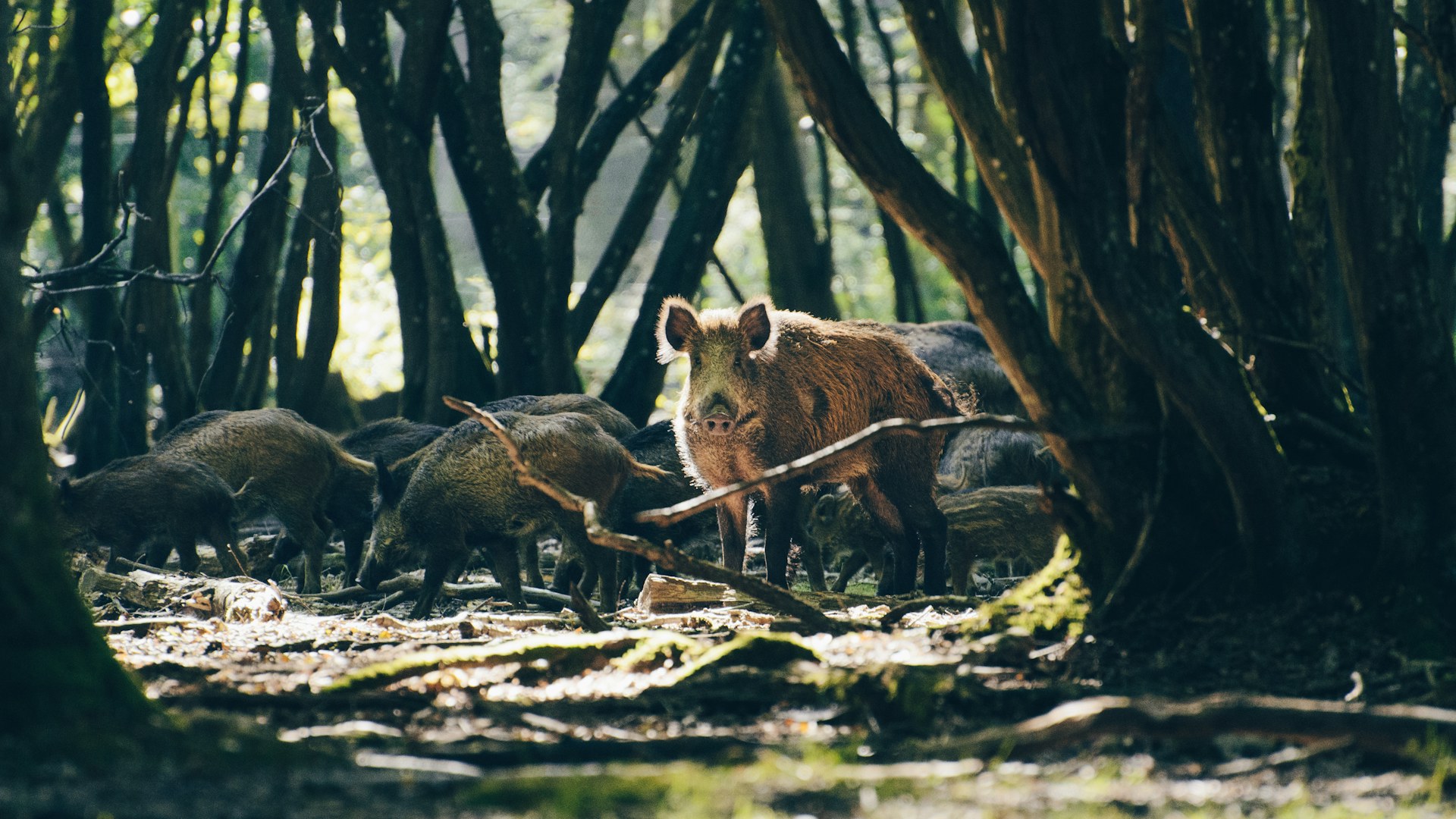
Published 02/02/2024
Wild boar are one of the most impactful yet underappreciated keystone species in their native range. We spoke to Chantal Lyons, author of the new book Groundbreakers, about how these messy, mysterious yet always intriguing creatures can play an integral part in a wilder world.
What prompted you to write Groundbreakers?
It started when I was doing a master’s degree in environmental social science at UCL and needed a dissertation topic. I’d read Feral by George Monbiot the year before, which features wild boar and sort of blew my mind. I hadn’t thought much about wild boar and their role in the ecosystem before.
Then I came across various headlines about wild boar in the Forest of Dean. I didn’t think anyone had gone there yet to interview people for any research about what it’s like to live with the species. So, during the summer of 2014, I chose to do just that.
What people there told me completely confounded my expectations. Some were genuinely terrified about living with wild boar. The depth of feeling went beyond what I’d imagined. I came away from the Forest assuming that some established nature writer would write a book on this, but no one did.
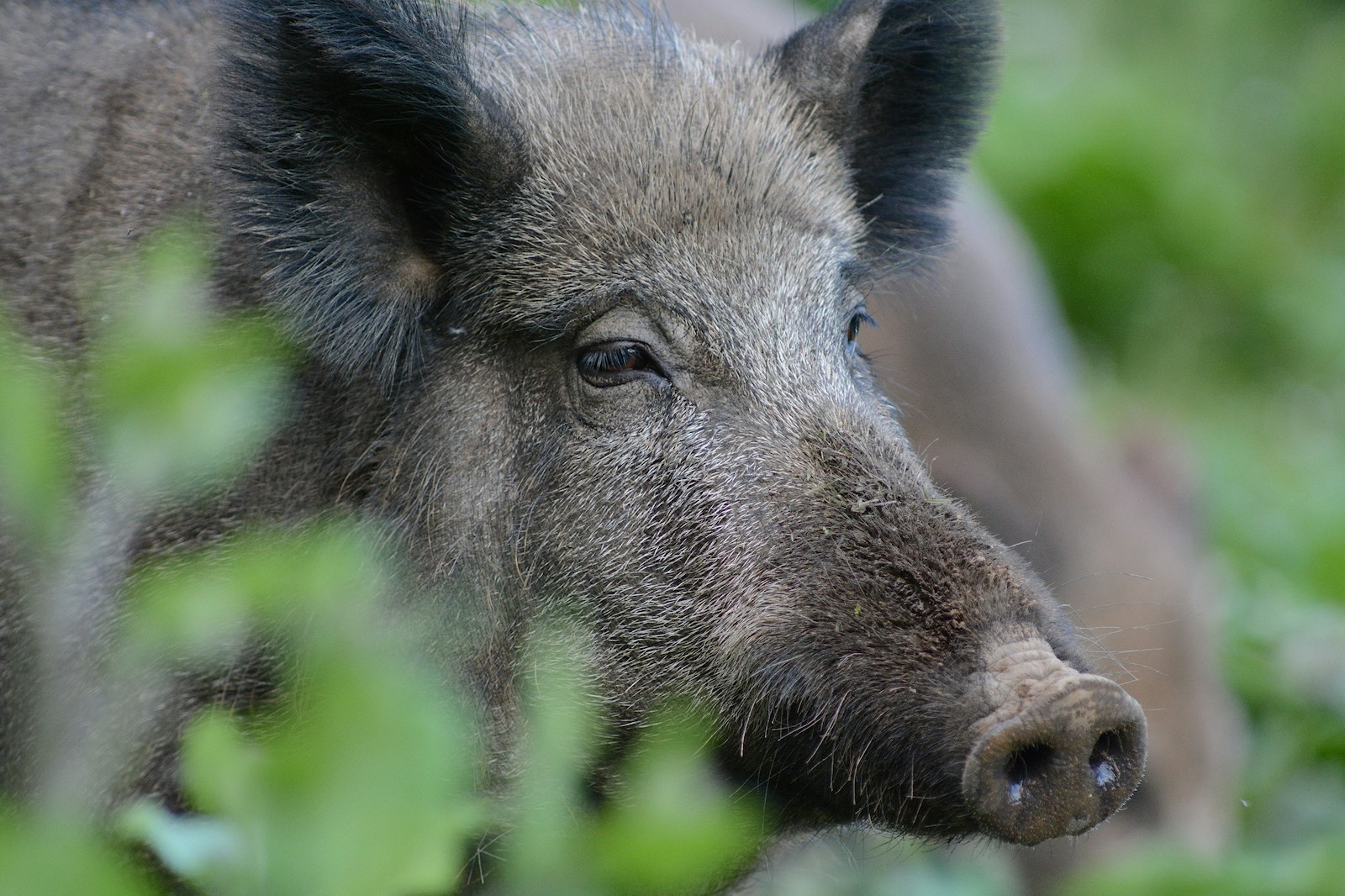
Seven years went by. But in spring 2021, I had a short article published in the online environmental journal Inkcap, reflecting on my experiences in the Forest. An editor from Bloomsbury said on Twitter that they liked the article. So, I thought, “Why don’t I just send him a quick proposal for a book?” Amazingly, they snapped it up.
As soon as I’d signed that contract, I moved to the Forest to immerse myself in the world of the boar. I got to speak to a lot of people I’d spoken to seven, eight years before, which was serendipitous because it meant that I could go back and ask: What’s changed? What hasn’t?
What’s so special about wild boar?
I suppose there are two layers to this. In terms of their ecological role, they’re unique. The niche they occupy, and the ecological functions they perform, there are no other animals among British fauna that do the things they do. For example, their rooting; badgers engage in some rooting behaviour, resembling mini boars at times. However, they don’t penetrate the soil as deeply, and their rooting is not as extensive.
There’s a term for it called ‘bioturbation’: the act of going into the soil, breaking it open, and mixing the different layers, which impacts the nutrients and the microbial activity in the soil. This also involves exposing the seed bank and creating space for wildflowers to germinate. There’s evidence that bioturbation enhances the soil in a way that makes it easier for trees, such as oaks, to germinate and grow.
Related to the rooting behaviour, wild boar are particularly effective at dispersing seeds and spores. They go all over the place, carrying these organisms in their fur and hooves, and even in their digestive systems, subsequently depositing them through excretion. Additionally, their wallowing activities create mini wetlands, providing valuable ephemeral pools that benefit other wildlife.
“There is no other animal in Britain that so consistently and effectively does all those things as the wild boar.”
Chantal Lyons
Author, Groundbreakers
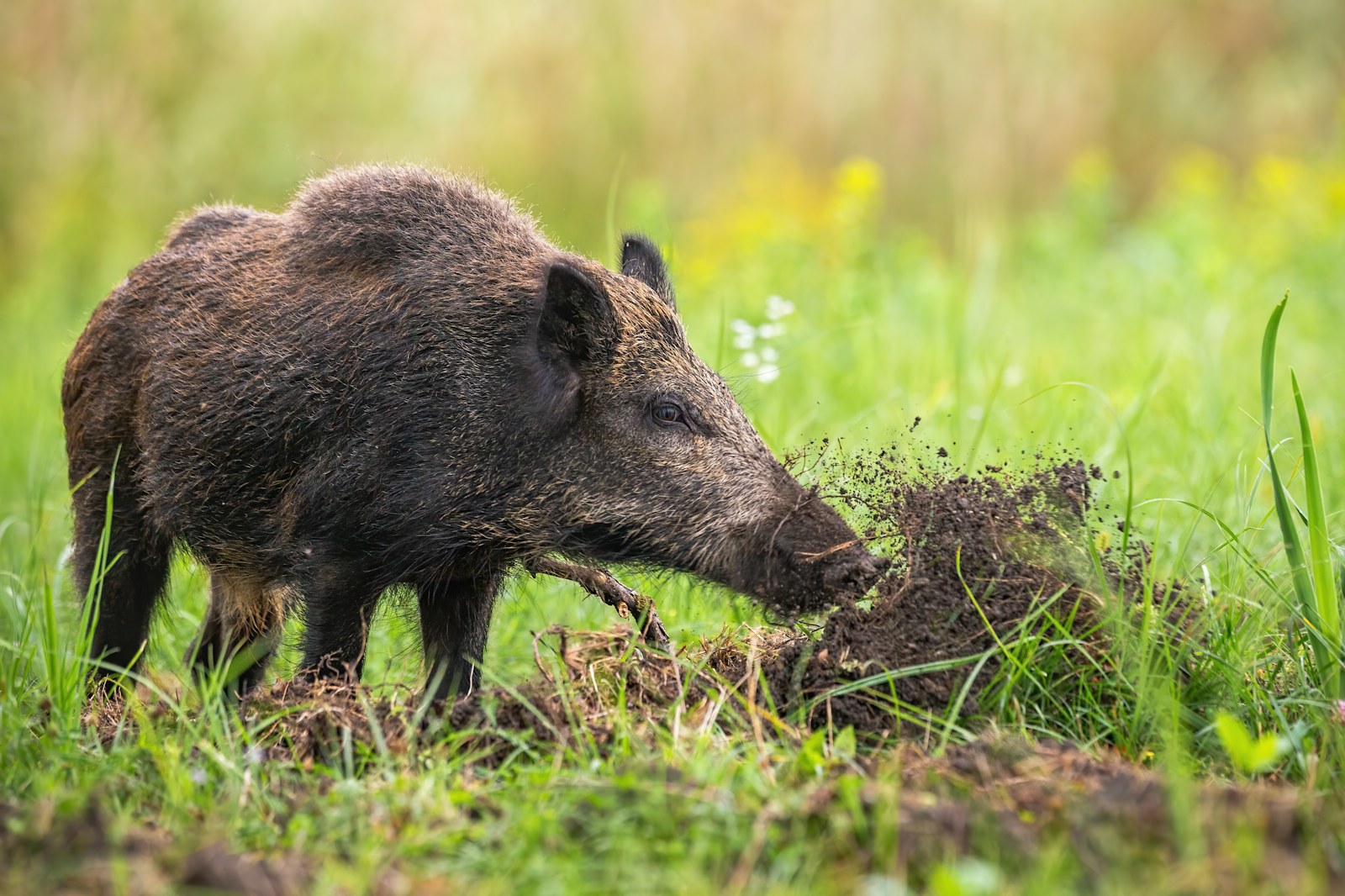
Wild boar, unlike deer, are one of the few large animals in the UK that aren’t typically timid and shy. Compared to deer, wild boar look quite different: their beastly appearance, adorned with hair and tusks, can be intimidating to some people. And then there’s their behaviour. Personally, whenever I come across a boar, they usually run away after about five seconds, but many people have experienced boars either standing their ground or approaching for a closer look.
They are intelligent and offer a unique experience for humans compared to other land-based wildlife. However, culturally and in stories, wild boars are often relegated to being mere plot devices. They very rarely receive recognition as characters in their own right in novels featuring animals. We don’t know them. I wanted to change that.
What is it about the Forest of Dean habitat that’s so interesting?
It’s quite a rare place in the UK — a lovely and mostly contiguous sprawl of forest. Many people think that the Dean is this blanket-deep, dark forest, but of course, it’s not. It has roads and buildings scattered throughout. Nevertheless, a substantial amount of forest remains, constituting the core habitat for wild boars. There were two separate releases in the Forest: the first occurred in 1999, with a relatively small group and since then, the boar population has flourished. Due to the significant number of residents and visitors, there are abundant opportunities for interactions between boar and people. These two factors make the Forest a hotspot of activity and potential encounters.
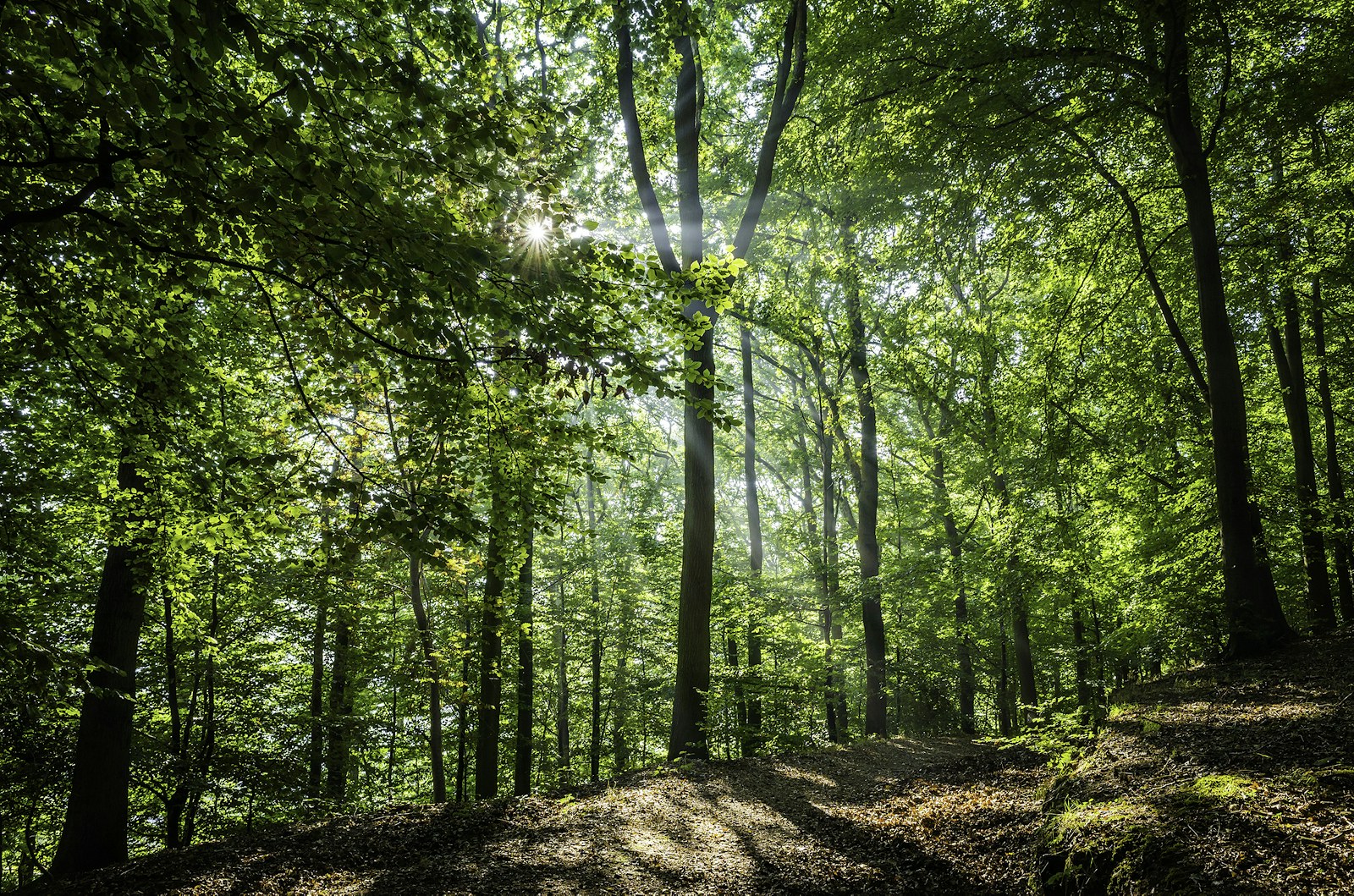
What are the main challenges to reintroducing wild boar in Britain?
The most significant challenge today is African Swine Fever, a disease sweeping through the pig industry worldwide. It’s caused significant issues in Asia and Eastern Europe, although not as much in Western Europe. However, the pig industry in Western Europe is deeply concerned. Naturally, the UK shares these concerns, making it a significant barrier to reintroducing wild boar. Despite years of substantial funding for vaccine development, African Swine Fever remains an ongoing problem.
The other challenge is the public attitude towards coexisting with wild boar and other wild animals. It’s a cliché, but no less true, that in our country, we identify as animal and wildlife lovers. We pour so much money into conservation overseas and are outraged when someone shoots a lion in a trophy hunt. However, when it comes to our own living spaces, many won’t tolerate coexisting with anything more dangerous than a fox. There’s a significant need for public relations efforts to change this perspective regarding wild boars. But I do hope it can be done.
In my book, one of the people I interviewed in 2014 was so terrified of wild boar, that she thought they might eat her alive if she fell off her horse. Eight years later, I spoke to her again, and she told me that she was no longer afraid, because she’d never experienced a dicey incident in all that time. She still doesn’t want them around, but, for me, that just goes to show familiarity and experience do count for something.
What was your most memorable experience when writing the book?
It’s hard to pick just one! There was a time when I was, as per usual, trying to sneakily watch the boar. One sow came onto the path and saw me. Usually, they run away. But this time, she just stood her ground and kept sniffing. Wild boar make this really loud sniffing noise. In the book, I describe it as ‘sounding like dragon breath’. She didn’t move. Eventually, I was the one who gave ground, because I thought “I don’t want to upset or provoke her”. I’ve a healthy respect for these animals, as anyone should.
Another great moment was when I climbed up a hill in the Forest while following some boar tracks. I hoped they’d be around. I was puffing to the top of this hill and stopped to grab my breath. Then, I looked ahead and there was a pile of six baby boar, just sleeping in the bracken in front of me. They were three stacked on three, no more than two weeks old. I watched them for a little while and took a photo. I quickly retreated as I didn’t want to be there when Mum came back. It’s pretty special to come across a little stash of baby boar in the woods.
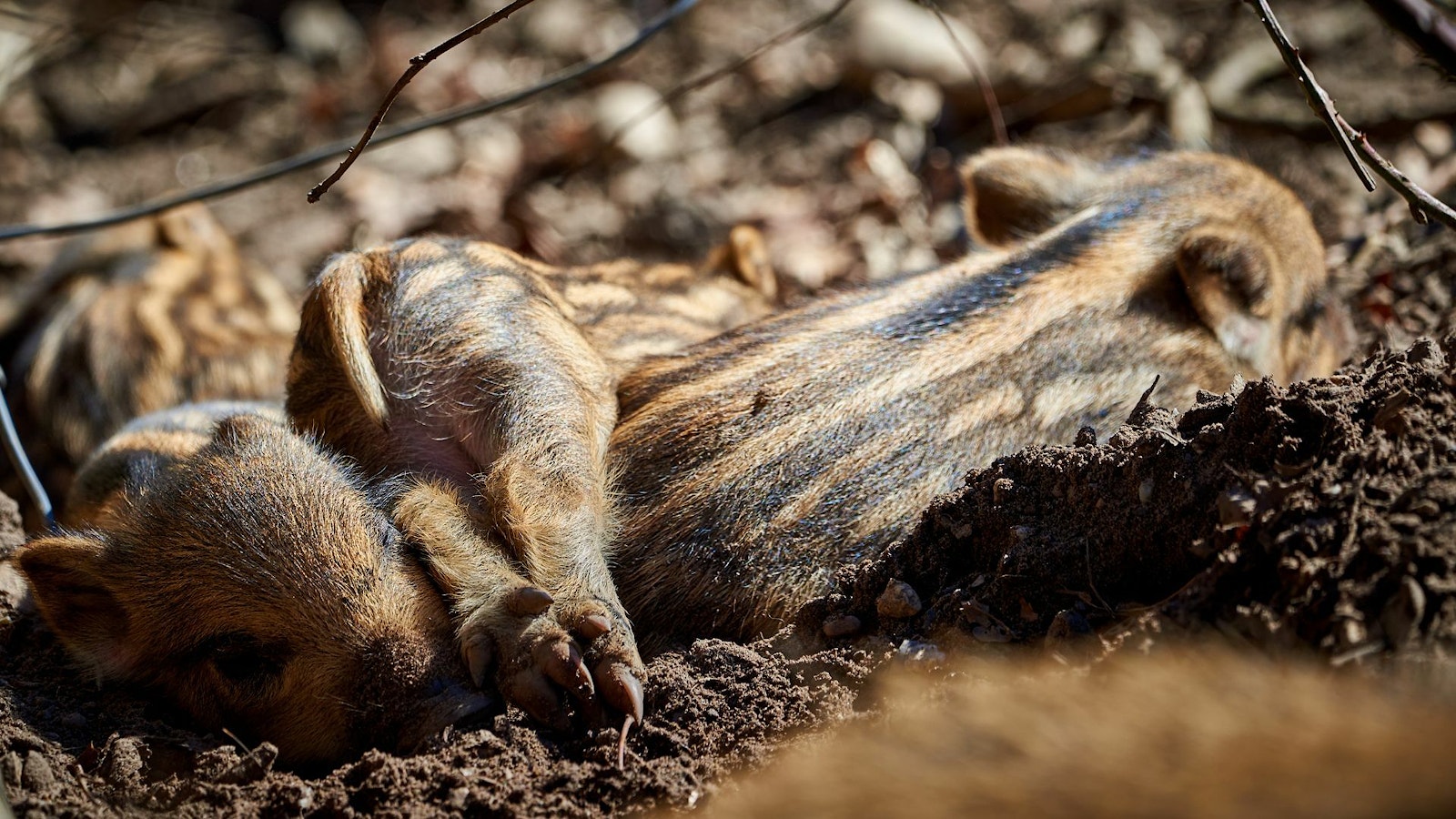
What does rewilding mean to you?
I believe there’s a spectrum of rewilding and it’s about what you can do within the realms of possibility and societal acceptability. Fundamentally, it’s about trying to restore and revitalise ecosystem processes that have completely stopped or are now merely limping along. This includes enabling different animals to disperse other organisms, allowing species and habitats to re-enter into a mutual symbiosis of creating and supporting each other. And often, very often, that does require reintroducing species or bolstering populations, because they’re inseparable from their habitats and those ecosystems.
The other thing about rewilding is that often, whether intentionally or unintentionally, there is a fear that rewilding is going to kick everyone off the land, that there can be only humans or nature. Rewilding isn’t about kicking people off the land and reinforcing the existing barriers between humans and nature, it’s about merging them, allowing connectivity. And connectivity is so important in natural systems, allowing organisms to move across the land. In a way, there’s a parallel between allowing ourselves to move through the land physically and breaking down the barriers in our mind that aren’t allowing us to fully connect with nature in the way we once did – but could do again.
(Paraphrased from an interview with Chantal Lyons, author of the book Groundbreakers)

Explore our Rewilding Manifesto
Learn more
Our vision
We have big ambitions. Find out what we’ve set out to achieve through rewilding.
Our vision
